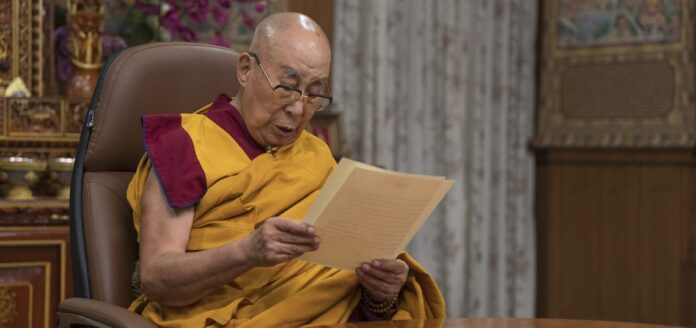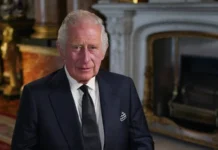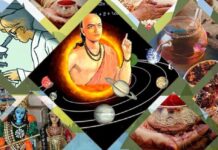The Dalai Lama’s announcement is both a reaffirmation of Tibetan religious
sovereignty and a pre-emptive strike against Chinese political theatre.
As the 14th Dalai Lama reaches his 90th birthday, he has made a proclamation that reverberates far beyond the monastic halls of Dharamshala: his reincarnation will not be born in Tibet so long as it remains under Chinese rule.
This is not merely a spiritual declaration—it is a geopolitical masterstroke that strikes at the heart of Beijing’s longstanding strategy to control Tibetan Buddhism from within. The Dalai Lama’s announcement is both a reaffirmation of Tibetan religious sovereignty and a pre-emptive strike against Chinese political theatre. By declaring that his reincarnation will occur in exile and that only the Gaden Phodrang Trust—his official office—has the authority to recognize his successor, he has effectively delegitimized any attempt by Beijing to manufacture a puppet Dalai Lama within its borders. This move is not without precedent.
In 1995, the Dalai Lama recognized a young boy, Gedhun Choekyi Nyima, as the 11th Panchen Lama—only for the child to be abducted by Chinese authorities and replaced with a state-approved figure. That incident became a chilling reminder of how Beijing seeks to co-opt Tibetan spiritual institutions to consolidate its rule. The Dalai Lama’s current stance ensures that history will not repeat itself so easily. China has long insisted that it alone has the authority to approve reincarnations of Tibetan lamas, citing an 18th-century Qing dynasty ritual involving a golden urn. But this claim is as much about political control as it is about religious tradition.
The Communist Party’s goal is clear: to install a compliant Dalai Lama who will rubber-stamp Beijing’s policies in Tibet and neuter the global influence of the Tibetan cause. By contrast, the Dalai Lama’s declaration re-centres the process within the Tibetan Buddhist tradition and places it firmly outside the reach of the Chinese state. It also internationalizes the issue, drawing support from Buddhist communities across Mongolia, the Himalayas, and even within China itself. We are now heading toward a future with two Dalai Lamas: one chosen by Tibetan Buddhist leaders in exile, and another anointed by the Chinese Communist Party. But legitimacy cannot be manufactured. The Dalai Lama’s spiritual authority is not derived from political power, but from centuries of tradition, devotion, and moral leadership.
A Beijing-backed Dalai Lama may wear the robes, but he will not wear the trust of the Tibetan people. This schism will not only deepen the divide between Tibetans and the Chinese state—it will also test the resolve of the international community. Will democratic nations recognize the reincarnation chosen by Tibetan Buddhists, or will they bow to Beijing’s narrative?
In essence, the Dalai Lama has built a spiritual firewall against authoritarian interference. His proclamation ensures that the soul of Tibetan Buddhism cannot be co-opted by a regime that seeks to erase its identity. It is a bold act of resistance cloaked in the language of faith—a reminder that even in exile, the Dalai Lama remains the unyielding heartbeat of a people who refuse to forget who they are. And in doing so, he has not only safeguarded the future of his lineage but also reignited the global conversation about Tibet’s right to self-determination—one reincarnation at a time.
The Dalai Lama’s nephew, Khedroob Thondup is a geopolitical analyst.







